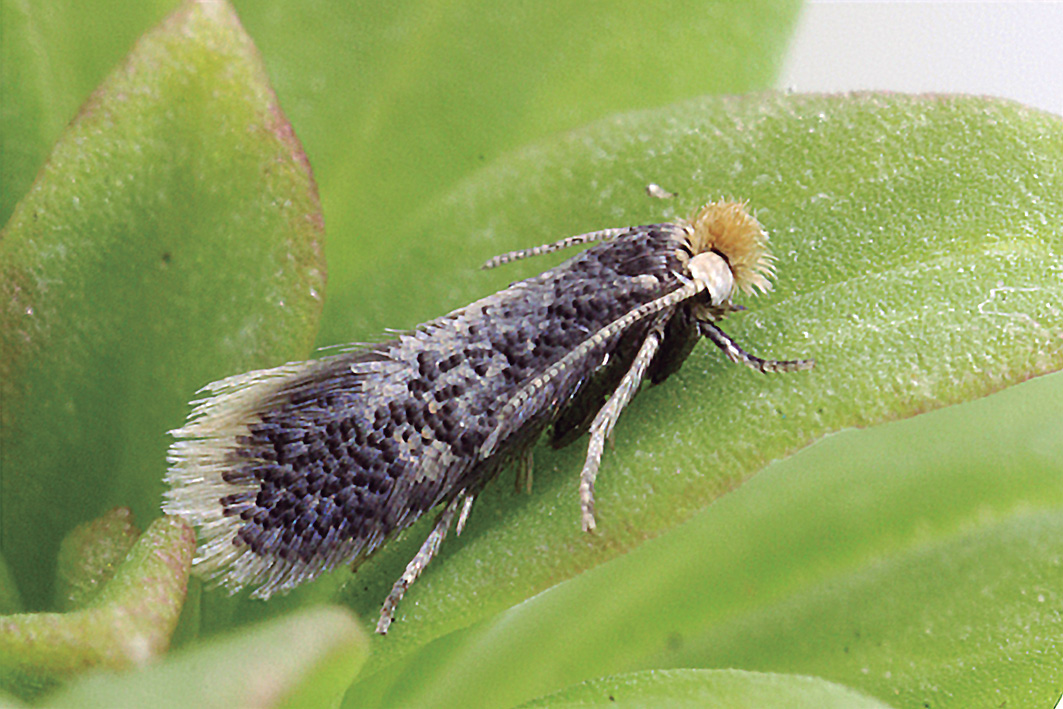Leaf smoothie

We've entered the winter and it's time to make ice everywhere. Plants hoping to live for another year have thicken their reserves, thicken their surfaces and have dressed and protected their eyes with scales. Those holding puff pastry have made the skin of leaves and leaves more difficult, limiting them. Those who throw leaves will previously empty them as much as possible to recover and collect the energy in them.
The leaf is always the favorite part of the plant. It supplies energy to the plant by incorporating sunlight. Now, during the winter, it will continue to supply energy even if it stays above the plant or falls to the ground. The coldest ice also descends directly from the top down. The leaf will float on the plant or on the earth and protect it from ice. Above, branches and eyes remain intense, as well as the underground roots in front of them. The leaves that have landed will protect their roots.
But the plant is not an isolated being. He's nothing alone, no one. However, he knows that without the help of others there would be no one and no one. He knows that he lives because he is part of a system made up of thousands of beings. By organizing the protection of leaves in winter, you not only think of yourself, but you know that you have to protect the whole system. The leaf that gets blackened, will receive many animals, fungi, plants, etc. in the lap. Those who have taken refuge in their skirts during the next season will do a great job to facilitate the life of the plant. Many of them, moreover, are indispensable to live as perseverants.
The way to empty the food on the leaf is spectacular. The leaf acquires new colors. Each species tends to take different colors. This trend is reinforced or weakened by weather conditions or the situation. Some insects can also change this trend.
For example, the moth of the ectoedema genus can be cold on top when the egg gets late and the worm is born. This worm makes holes between the cortices on both sides of the leaf and feeds on the inner flesh. If the leaf begins to blacken, the worm ends eating. The worm, quick, is able to hold in green the piece of leaf that is at its height. It secretes a chemical that works like a plant hormone: maintain a green, living food. It is mainly seen in the garza (Populus tremula) and in the white wicker (Salix alba).








